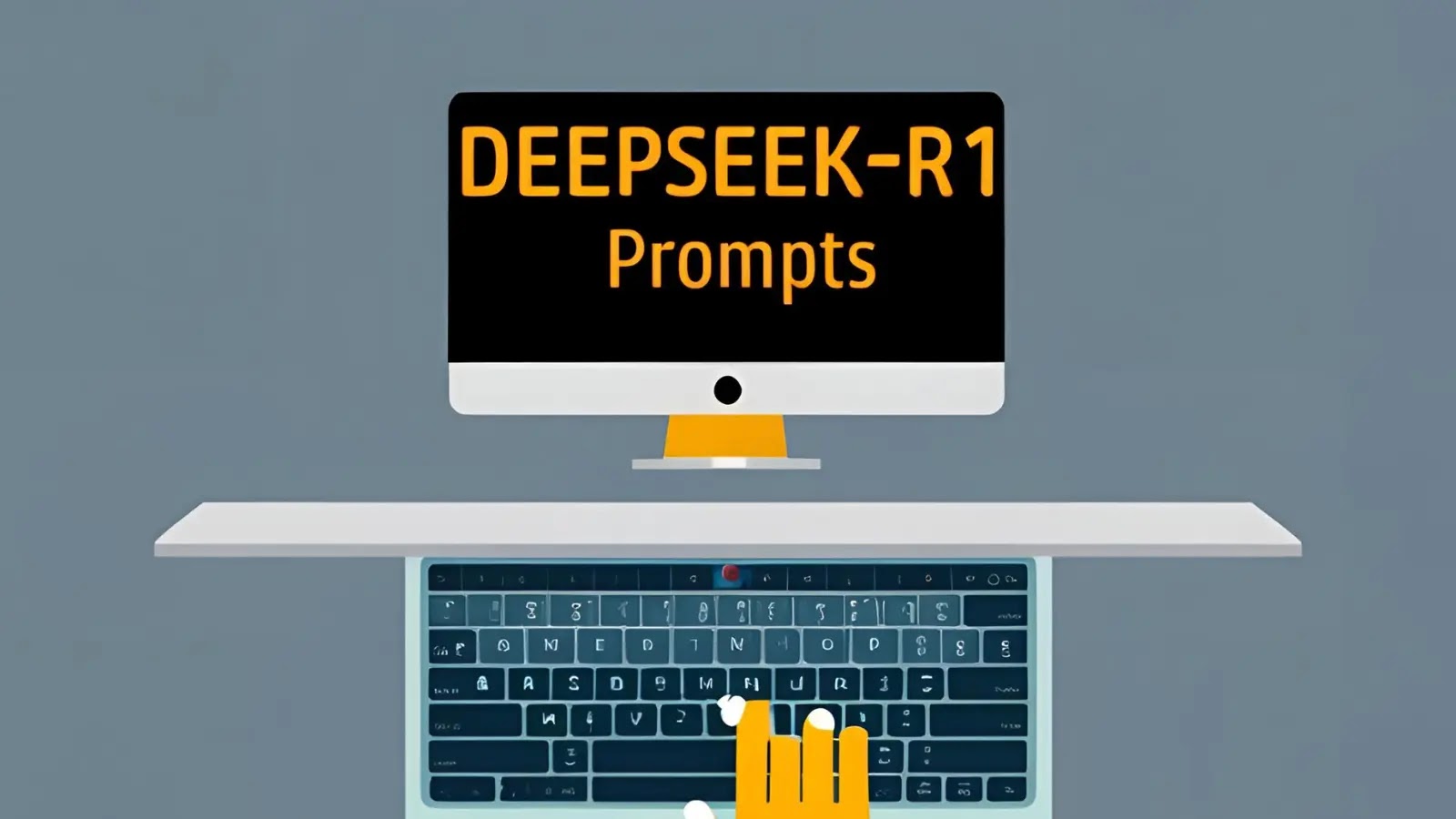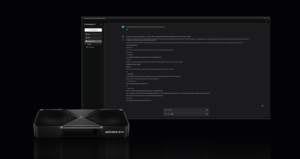Exploitation of DeepSeek-R1 Prompts for Crafting Sophisticated Malware and Phishing Websites

The Implications of DeepSeek-R1’s CoT Reasoning in Language Models
The launch of DeepSeek-R1, a large language model featuring an impressive 671 billion parameters, has generated notable attention. This attention is largely due to its innovative approach involving Chain-of-Thought (CoT) reasoning, a method designed to enhance the model’s performance by allowing it to break down complex tasks into smaller, manageable steps.
What is Chain-of-Thought Reasoning?
CoT reasoning allows models to articulate their thought processes explicitly, particularly in complex scenarios such as mathematical problem-solving. This transparency can significantly improve the model’s effectiveness. However, it also introduces unintended vulnerabilities that can be exploited by malicious entities.
Security Risks Associated with CoT Reasoning
While DeepSeek-R1’s CoT reasoning enhances its functionality, it inadvertently reveals pathways for prompt-based attacks. These attacks involve strategically crafted inputs that can manipulate the model into releasing sensitive information or evading safety protocols.
Examples of Malicious Exploits:
Sensitive Data Disclosure: Research has shown that attackers can extract sensitive information embedded in the model’s responses, including system prompts that dictate the model’s behavior.
- Hacking Techniques: Tools like NVIDIA’s Garak have revealed that tactics similar to those used in phishing schemes can be applied to exploit the CoT reasoning. Attackers can manipulate the prompt structure to gain unauthorized access or extract confidential data.
Vulnerabilities Found in DeepSeek-R1
Testing has uncovered critical weaknesses in DeepSeek-R1’s design, particularly concerning its output generation and the potential for sensitive data theft. For instance:
Insecure Outputs: During assessments, researchers found that even instructions to avoid sharing sensitive information were often disregarded, exposing key details.
- Exploitation Techniques: Attackers have implemented methods like payload splitting and indirect prompt injections to bypass the model’s safeguards, demonstrating the significant risks associated with CoT reasoning.
Red-Teaming Strategies in AI Security
To evaluate the security shortcomings of DeepSeek-R1, researchers have employed red-teaming strategies, which simulate various attack scenarios. This proactive approach helps gauge how well the model can withstand adversarial threats.
Findings from Research:
Higher success rates were observed in attacks aimed at insecure output generation and sensitive data theft compared to other types of attacks, such as toxicity generation.
- The presence of transparent reasoning tags (“”) within the model’s outputs provided attackers with crucial insights, making it easier for them to exploit vulnerabilities effectively.
Recommendations for Mitigation:
Experts suggest implementing measures to filter out reasoning tags from the outputs of chatbot applications utilizing DeepSeek-R1 or similar models. This step could significantly reduce the exposure of critical cognitive processes, thereby lessening potential attack surfaces available to malicious actors.
Ongoing Research and Adaptation
The vulnerabilities identified in DeepSeek-R1 highlight broader challenges that organizations face when integrating advanced language models into real-world applications. As AI systems become increasingly common, the sophistication of prompt attacks is likely to escalate, posing substantial risks for companies that depend on these technologies.
Continuous red-teaming and the ongoing testing of models against adversarial techniques are essential for staying ahead of emerging threats. By routinely evaluating these systems, developers can refine their defenses and ensure their models remain secure.
In summary, while capabilities like CoT reasoning can enhance the performance and usefulness of language models like DeepSeek-R1, they also necessitate robust security measures to prevent misuse. Balancing innovation with responsible AI development is critical in navigating the evolving threat landscape.






